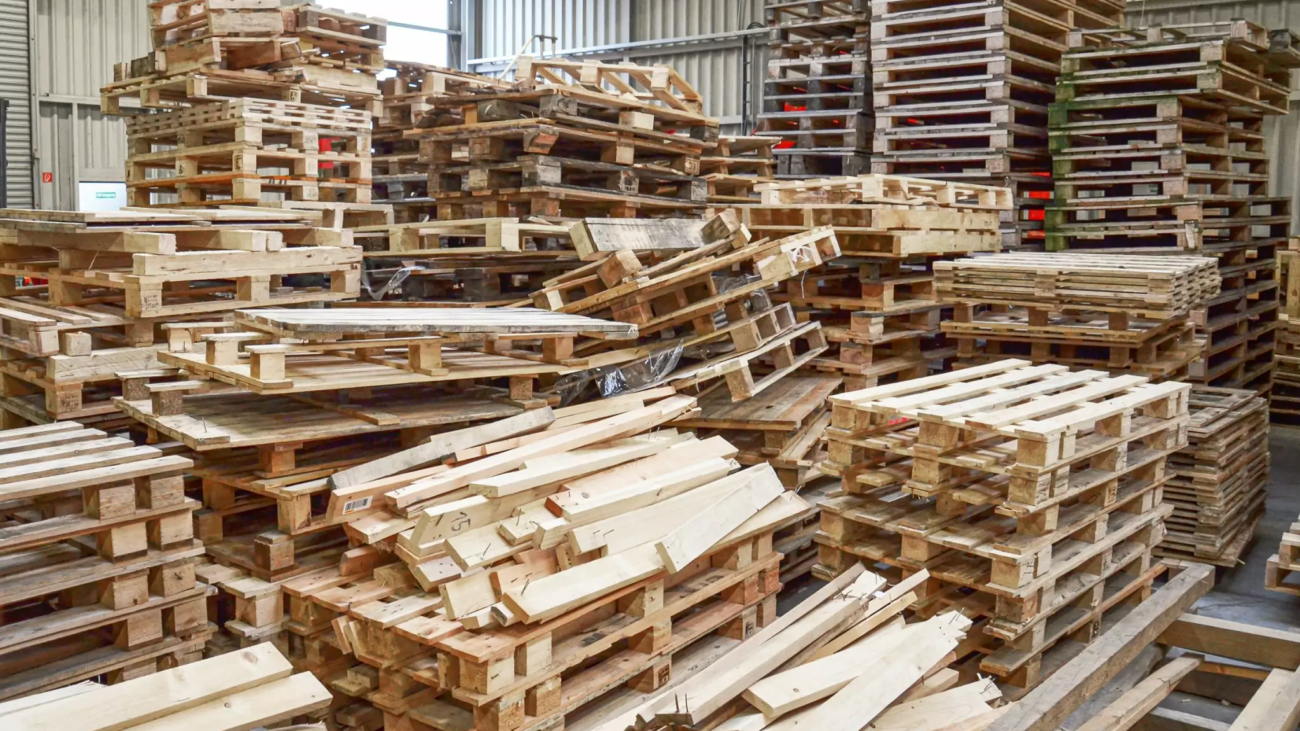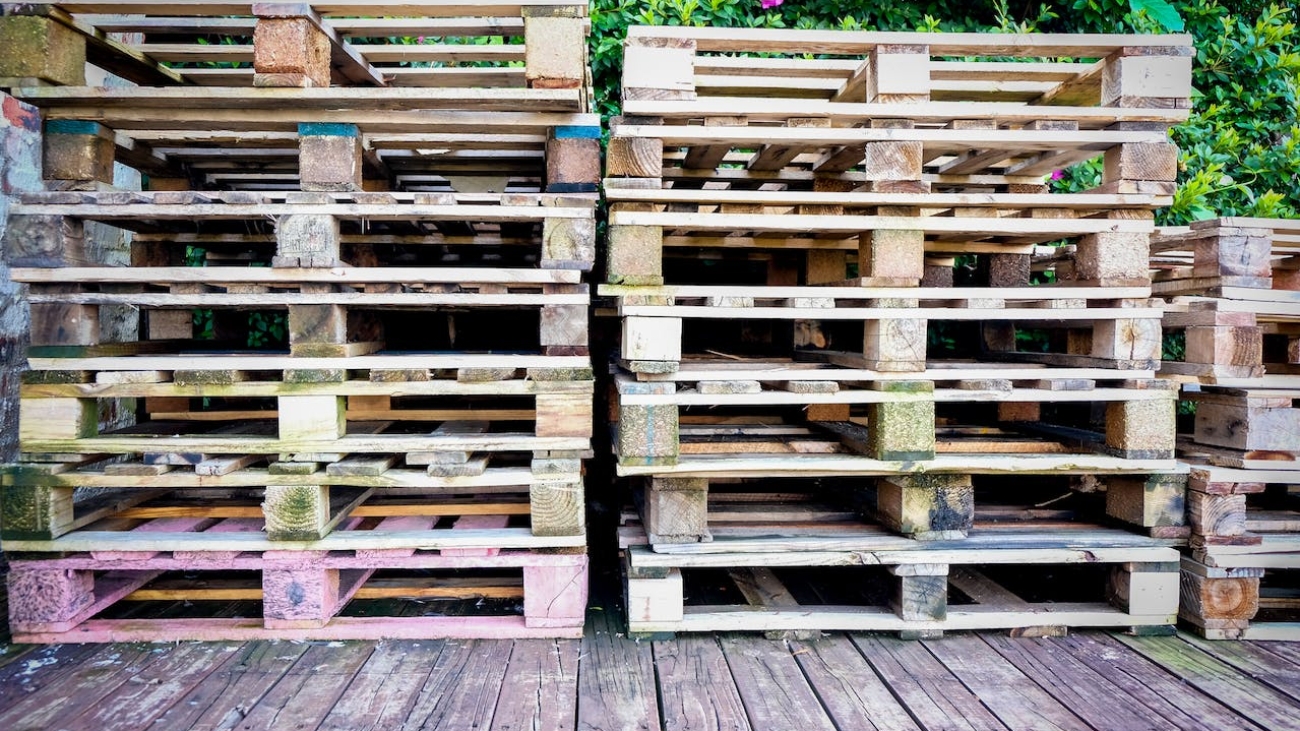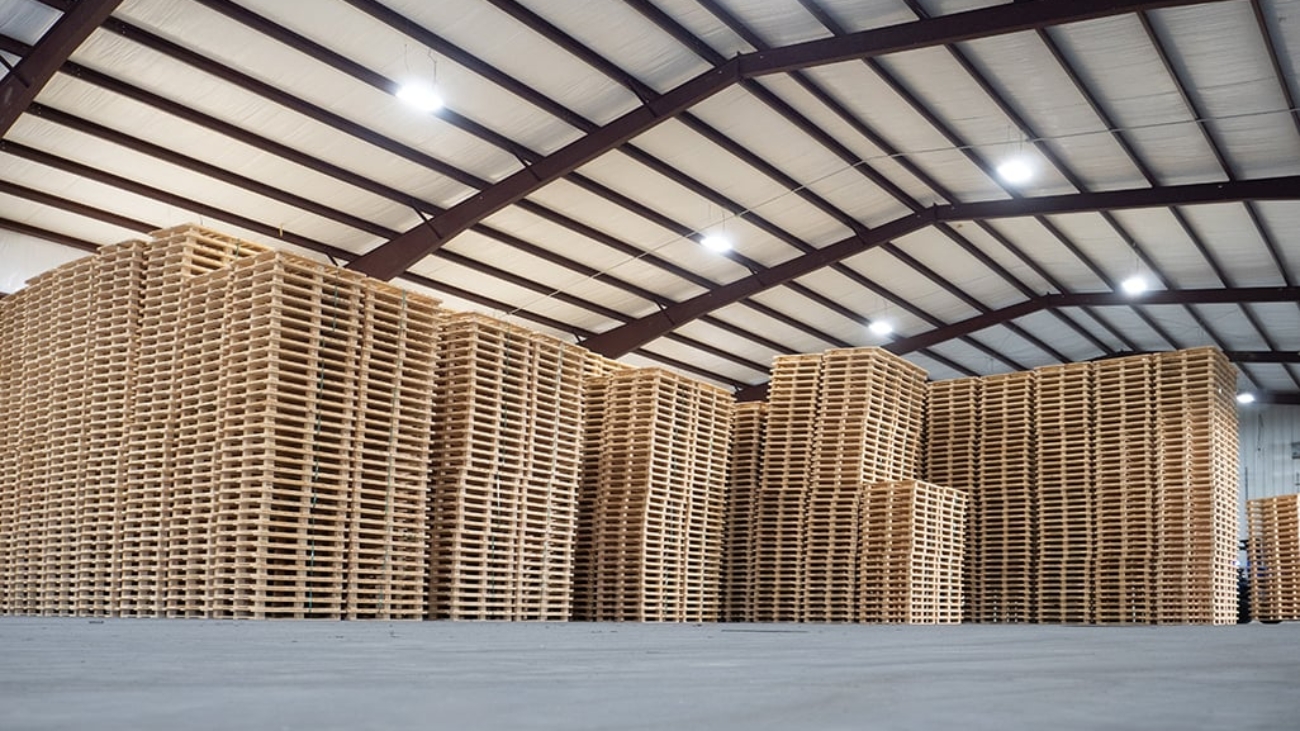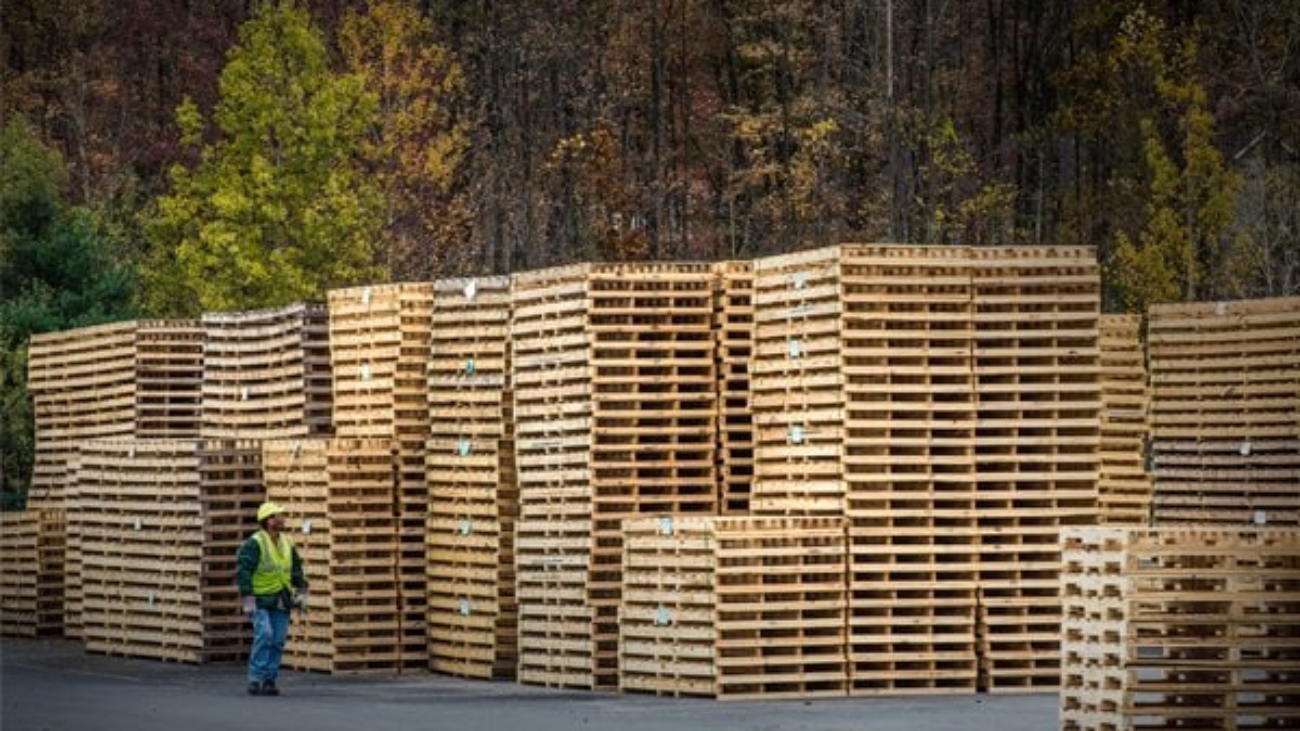Introduction:
In a world where sustainability and environmental consciousness are at the forefront of global concerns, industries are continuously seeking innovative ways to reduce their ecological footprint. One such industry that has embraced the green revolution is pallet manufacturing. Pallet recycling processes have become a pivotal aspect of creating a more sustainable supply chain. In this blog, we’ll delve into the intricate world of pallet recycling, exploring the methods, benefits, and the profound impact it has on the environment.
The Pallet Recycling Journey:
1. Collection and Sorting:
The journey of a recycled pallet begins with the collection of used pallets from various sources. These can range from distribution centers and warehouses to manufacturing plants. Once collected, the pallets undergo a meticulous sorting process. This step is crucial for segregating pallets based on material type, condition, and size.
2. Inspection and Repair:
After sorting, the pallets are subjected to a thorough inspection. Damaged or weakened pallets are identified, and a decision is made whether they can be repaired or need to be recycled into other products. Skilled technicians assess the structural integrity of each pallet, ensuring that only those fit for reuse or repair proceed further.
3. Dismantling:
For wooden pallets, the next step involves dismantling. Boards are carefully removed, and nails are extracted to salvage usable components. This dismantling process requires precision and expertise to preserve the quality of the wood, which can be reused in various applications.
4. Grinding and Shredding:
In cases where pallets are beyond repair or reuse, recycling takes a different route. Wooden pallets are often ground into wood chips or shredded into smaller pieces. This material can then be used for applications like mulch, animal bedding, or as a biomass energy source.
5. Plastic and Metal Recycling:
Pallets made of plastic or metal undergo specialized recycling processes. Plastic pallets are melted down and molded into new products, contributing to the circular economy. Metal pallets are typically melted for reuse in the manufacturing of new metal items, minimizing the need for additional raw materials.
The Environmental Impact:
Pallet recycling processes play a crucial role in reducing waste and conserving natural resources. By diverting used pallets from landfills, we not only decrease the environmental burden but also save energy that would be required for the production of new pallets from virgin materials. The carbon footprint associated with manufacturing is significantly lowered, contributing to a more sustainable and eco-friendly supply chain.
The Future of Pallet Recycling:
As technology advances, pallet recycling processes continue to evolve. Automation and smart technologies are being integrated to enhance efficiency in collection, sorting, and recycling. Furthermore, increased awareness and commitment from industries to prioritize sustainability are driving the adoption of pallet recycling as a standard practice.
Conclusion:
In the journey towards a greener and more sustainable future, pallet recycling processes stand out as a beacon of environmental responsibility. By understanding and appreciating the intricacies of these processes, we can actively contribute to the circular economy, reduce waste, and create a positive impact on the planet. As industries increasingly recognize the importance of sustainable practices, the role of pallet recycling becomes not just a process but a pivotal step towards a more eco-conscious world.






